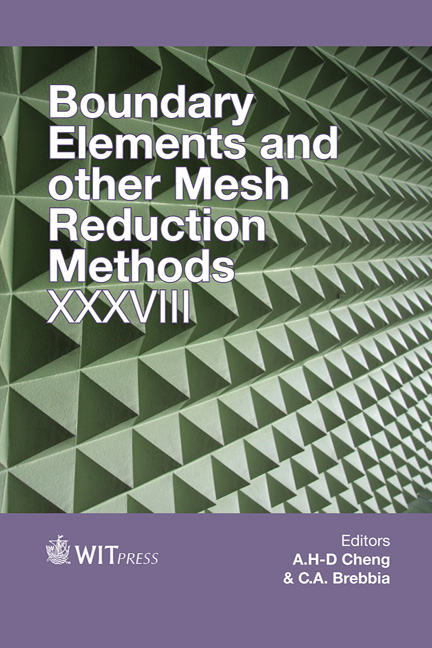Simulation Of Mold Filling By A Highly Viscous Fluid Using The 2D Indirect Boundary Element Method
Price
Free (open access)
Transaction
Volume
61
Pages
12
Page Range
285 - 296
Published
2015
Size
2,293 kb
Paper DOI
10.2495/BEM380231
Copyright
WIT Press
Author(s)
M. A. Ponomareva, V. A. Yakutenok
Abstract
The results of simulation of mold filling by a highly viscous fluid are presented in this paper. The process of injection molding using a polymer melt is simulated. The mold has a rectangular shape and can have a coaxially placed rod. Evolving flow is characterized by a free surface undergoing significant deformations during the whole process. The indirect boundary element method for two-dimensional Stokes flows was used for calculations. Numerical procedures required for the boundary remeshing are described. Calculations were performed for both cases: top-down filling (gate at the top of the mold) and bottom-up filling (gate at the bottom of the mold). Differences in flow behavior are demonstrated for both variants. Comparison of material distribution in filled molds is performed. For this purpose interfaces between portions of fluid were marked and tracked up to the completion of filling process. The fountain flow regime is predominant for bottom-up mold filling. In the case of top-down mold filling, jet flow and film flow take place. Flow regimes leading to gas entrainments and welding which are considered unacceptable and cause product defects were shown.
Keywords
injection molding, boundary element method, free surface, filling, mold, polymer melt, material distribution, gas entrainment, weld lines, defects





